Folks who adore kanban boards can address their thank-you notes to a Japanese manufacturing plant. That’s where the kanban system was born.
Inside of plants, kanban cards serve as visual and descriptive depictions of parts and processes. A type of component might be represented by a kanban card, and on it would be text describing the part, a photo of the part, and additional information. Kanban cards are also used to describe processes followed within a particular facility, to train new workers in, and remind employees about, the steps that must be accomplished and in what order. A kanban card might also be sent along the production line as components are combined, moving on as the piece does.
Toyota Creates Kanban Scheduling
Kanban cards are actually part of a larger whole, the kanban scheduling system, pressed into service most often for just-in-time manufacturing. Also known as just-in-time production, the methodology was developed by an industrial engineer working at Toyota to reduce times within a manufacturing system. He created kanban cards as part of that system. Toyota describes it as a system that conveys information between processes and automatically orders parts as they are used up. In Toyota’s application, every item or box of items that flows through the production process carries its own kanban card.
True to their roots, as digital kanban boards have materialized they represent a method for boosting efficiency by visualizing work. In fact, kanban is the Japanese word for billboard or signboard. The work that kanban cards initially tracked was tactile and visible. But kanban boards have an incredible impact in the planning of work that can’t be held or seen.
Kanban Goes Digital
The first big milestone in moving kanban boards from the manufacturing plant to the office happened in 2004, when a project began at Microsoft to apply kanban techniques to software development. Then, in 2010, management trainer and consultant David J Anderson debuted his Kanban Method, further developing its application to software and improved service delivery in creative and knowledge-worker companies. Anderson also authored a book detailing the method.
Today, using a kanban-like system to organize, activate and track work is easier than Anderson might have imagined it could be. Heycollab, for instance, has built an entire project management, team communication and asset organization hub around highly customizable kanban boards. Getting started is easy and fast. But as they jump in many Heycollab users find themselves in search of inspiration for the ways in which they might apply this new power. To meet that need, we’ve put together a guide to start started with the myriad implementations of that kanban superpower.
Kanban Boards as Flexible Tools
Lots of kanban-board-ideas roundups tackle industry- or role-specific ways to use the system. These are useful and interesting. The methodology–especially as used within the Heycollab platform–however, also lends itself to basing board customization on the type of interaction and outcome a user is looking for. That may mean that marketing teams across the Heycollab client base might use kanban boards in 100 different ways. So, in this guide, we’ve set forth a series of cross-industry incarnations of the kanban board to help users start thinking strategically about the multiple ways that kanban boards can streamline their collaboration and also move them steadily toward their own personal and professional goals.
The Project-Stage Kanban
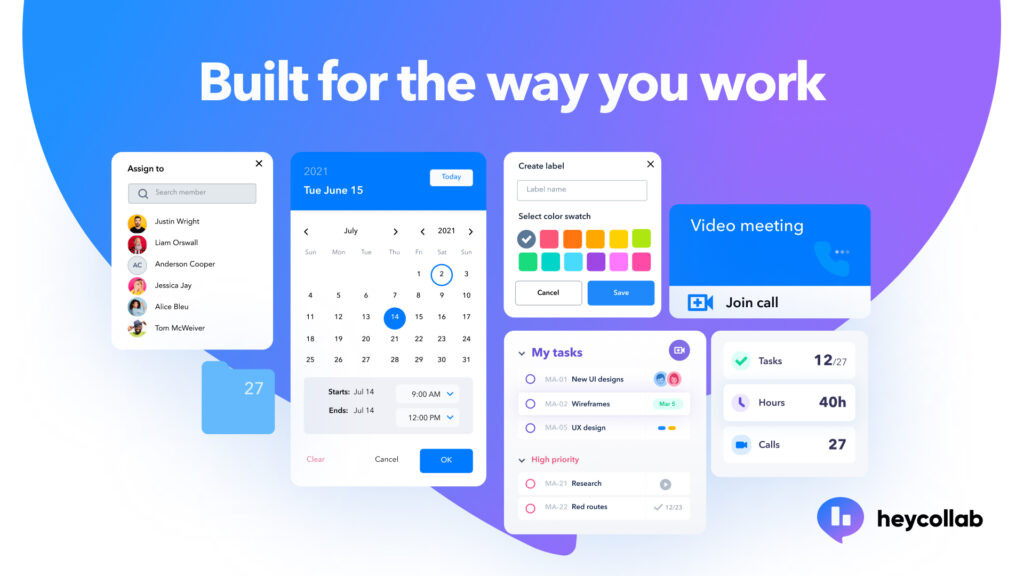 On this board, the stage is king. Each column represents a part of the project or process, and within that column are all of the tasks that need to happen within that portion of the journey. Inside each of those tasks, dates and times can be set as deadlines or milestones, and individuals can be assigned to the tasks. Here’s the beautiful part: time periods can be set for each column, but individual deadlines within each column may exist separately from each other. This board certainly works well for bringing a product to market, but what about a service? This board also has perfect applications for team development or moving a cohort of employees through training or certification.
On this board, the stage is king. Each column represents a part of the project or process, and within that column are all of the tasks that need to happen within that portion of the journey. Inside each of those tasks, dates and times can be set as deadlines or milestones, and individuals can be assigned to the tasks. Here’s the beautiful part: time periods can be set for each column, but individual deadlines within each column may exist separately from each other. This board certainly works well for bringing a product to market, but what about a service? This board also has perfect applications for team development or moving a cohort of employees through training or certification.
The Daily Kanban
 Really, every working professional ought to be working with their own version of this board on a daily basis. No matter what needs to get worked on, it can be tracked at a macro level within each task, but at a micro level as it applies to scheduling daily work on the item. Movement toward goals, whether they were set by the user’s boss or self-imposed, can be planned and executed by breaking up the work of each task and divvying it out on the days when there will be time to work on it.
Really, every working professional ought to be working with their own version of this board on a daily basis. No matter what needs to get worked on, it can be tracked at a macro level within each task, but at a micro level as it applies to scheduling daily work on the item. Movement toward goals, whether they were set by the user’s boss or self-imposed, can be planned and executed by breaking up the work of each task and divvying it out on the days when there will be time to work on it.
The Area-of-Interest Kanban
 Within the personal and professional realms, this board is a powerhouse. It curates a set of columns under a particular vertical or area of interest and then manages tasks under each column. This board is actually one of the most robust we looked at because it’s, in fact, tracking four separate projects. In the example, the user is setting a goal to live healthier. Each column tracks a related, yet independent, portion of that goal. Recipe collection, workouts and diet logs each have their own cadence and input requirements. But they’re all accessible and visible in one place, helping to hold the user accountable to the goals that they set. The applications of this board might include any other area-of-interest type goal setting, such as productivity improvement, work-life balance, mindfulness practice, or other lifestyle changes that interweave multiple daily additions to the user’s schedule.
Within the personal and professional realms, this board is a powerhouse. It curates a set of columns under a particular vertical or area of interest and then manages tasks under each column. This board is actually one of the most robust we looked at because it’s, in fact, tracking four separate projects. In the example, the user is setting a goal to live healthier. Each column tracks a related, yet independent, portion of that goal. Recipe collection, workouts and diet logs each have their own cadence and input requirements. But they’re all accessible and visible in one place, helping to hold the user accountable to the goals that they set. The applications of this board might include any other area-of-interest type goal setting, such as productivity improvement, work-life balance, mindfulness practice, or other lifestyle changes that interweave multiple daily additions to the user’s schedule.
The Cross-Team Communication Kanban
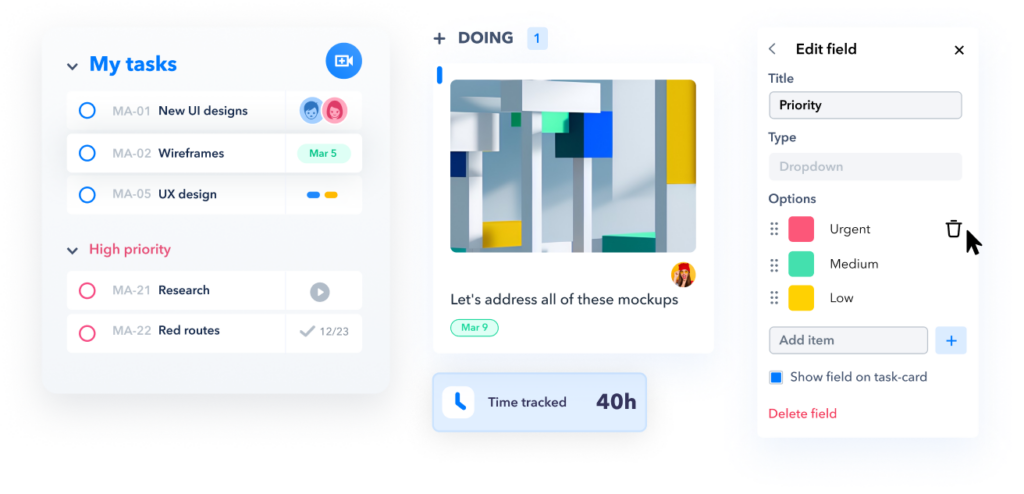 While kanban boards are stupendous for intra-team collaboration, they also work exceedingly well in facilitating work that reaches between teams. In this particular board, you can see that work on the same project is tracked in both team-specific columns and columns that all members contribute to–by moving items through to completion. This example shows vibrant use of the kanban board as a communication hub, with team members reporting on the happenings in their area in real time, but also able to view what’s happening in other teams, and the status of tasks that the teams share.
While kanban boards are stupendous for intra-team collaboration, they also work exceedingly well in facilitating work that reaches between teams. In this particular board, you can see that work on the same project is tracked in both team-specific columns and columns that all members contribute to–by moving items through to completion. This example shows vibrant use of the kanban board as a communication hub, with team members reporting on the happenings in their area in real time, but also able to view what’s happening in other teams, and the status of tasks that the teams share.
The CRM Kanban
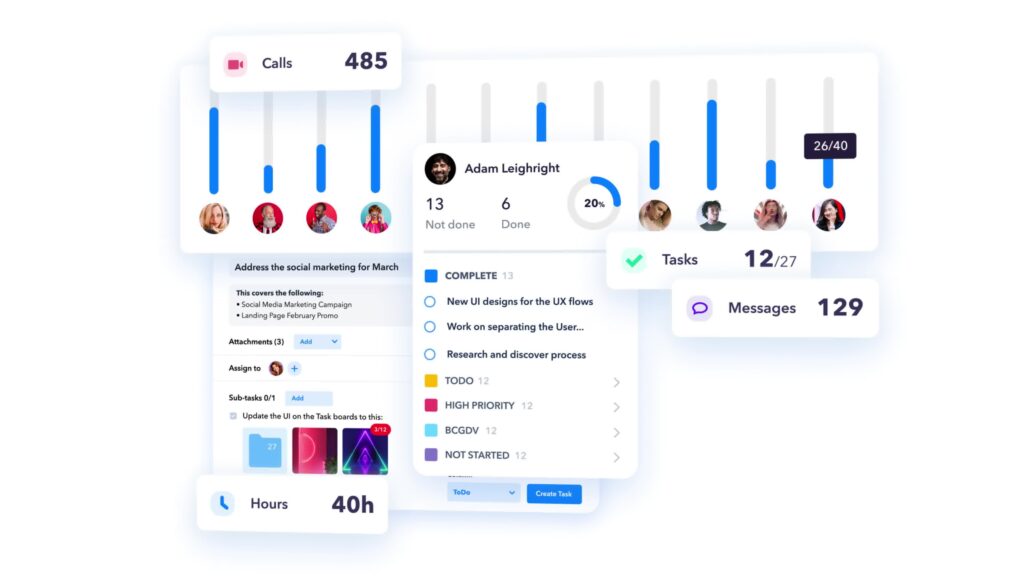
This board may look sweet, but it’s actually a powerhouse, simultaneously tracking about 30 separate clients through different stages of the user’s pipeline. This template, however, has applications far beyond sales. Independent schools tracking applicants through their first touch with a school through the day of application and enrollment can juggle each family while still maintaining clear oversight of their individual details and progress. The same board can track employee progress through required onboarding. Any business situation where multiple clients, staff members or freelancers need to advance through a set of steps at a pace that will be unique to them can be improved and perfected with this board.
The Parallel Paths Kanban
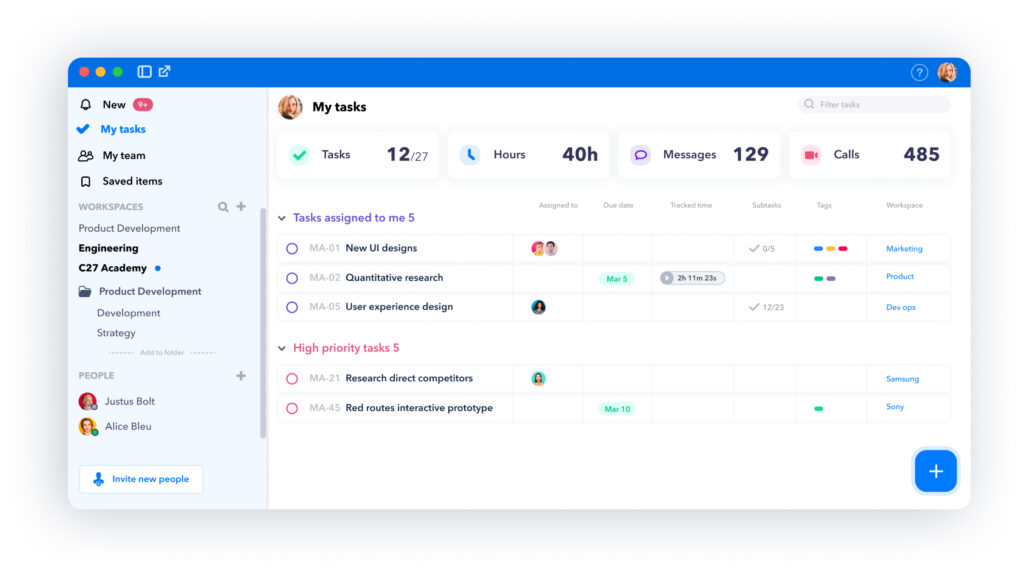 Any time multiple employees are working together toward a common goal, it’s important to track what assignments have been agreed upon, and which ones have been completed. But beyond that, there may be any number of milestones and touchpoints that not every team member is working on, or that need to live in their own lane until completed. The parallel paths kanban board makes that happen. Two parts of a project can be scoped, delineated, assigned and communicated about. Instead of dividing the paths by team, they’re divvied up by content area. That means some team members may well be working both columns, others only one, but all will be tracking the completed items.
Any time multiple employees are working together toward a common goal, it’s important to track what assignments have been agreed upon, and which ones have been completed. But beyond that, there may be any number of milestones and touchpoints that not every team member is working on, or that need to live in their own lane until completed. The parallel paths kanban board makes that happen. Two parts of a project can be scoped, delineated, assigned and communicated about. Instead of dividing the paths by team, they’re divvied up by content area. That means some team members may well be working both columns, others only one, but all will be tracking the completed items.
The Personal Kanban
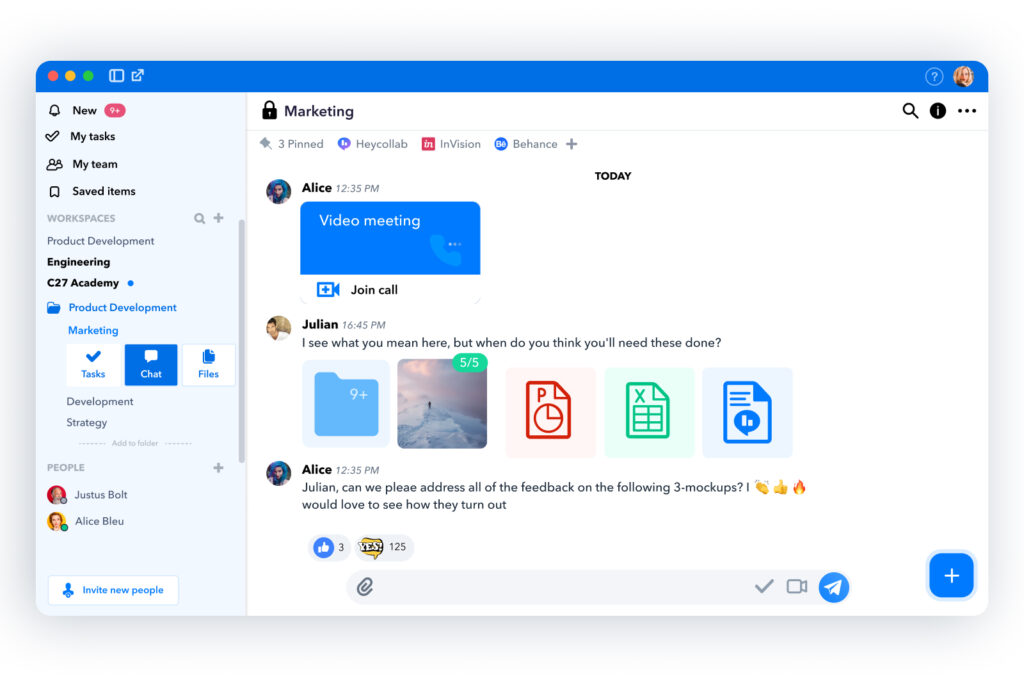 Lots of professionals live by the daily plan. Others need to always have a birds-eye view of what work is pending and what tasks are complete. And, frankly, most people need both. This kanban board neatly fulfills the birds-eye desire, by tracking an individual’s deliverables not by day or week but by where they live on the way to completion. This board is a superb one for personal use, but also a tool favored for direct-report check-ins that call for quick run-throughs of all in-play projects.
Lots of professionals live by the daily plan. Others need to always have a birds-eye view of what work is pending and what tasks are complete. And, frankly, most people need both. This kanban board neatly fulfills the birds-eye desire, by tracking an individual’s deliverables not by day or week but by where they live on the way to completion. This board is a superb one for personal use, but also a tool favored for direct-report check-ins that call for quick run-throughs of all in-play projects.
The Today & Future Kanban
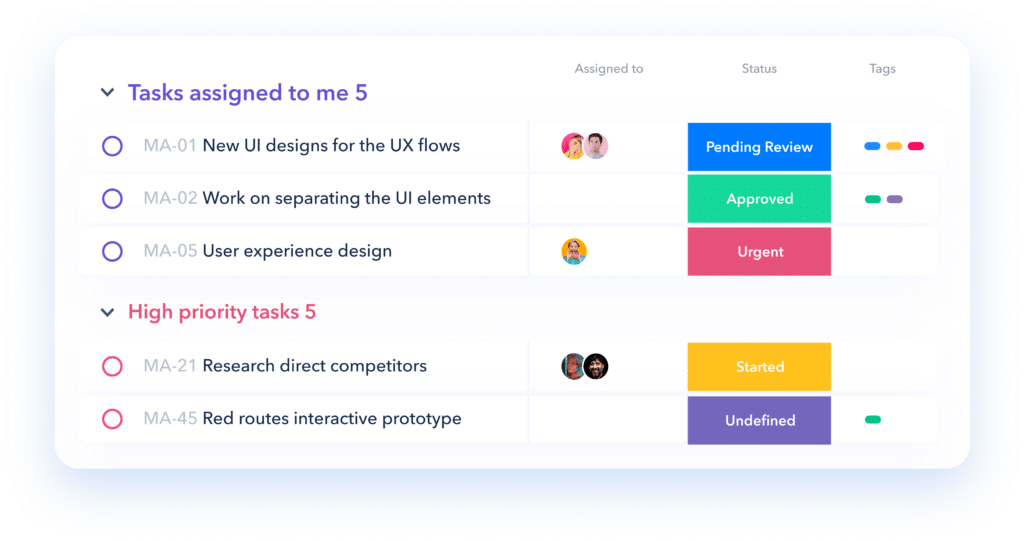 This board lives in two time periods. Its status-update column features individual components about which the absolutely of-the-moment information is needed. All a user needs to do to be up-to-speed is peruse that column. Strategic priorities are also being captured alongside that nitty-gritty, however, in the future pursuits column. In between, in true kanban form, are the stages of completion columns to account for all the pieces that are in motion.
This board lives in two time periods. Its status-update column features individual components about which the absolutely of-the-moment information is needed. All a user needs to do to be up-to-speed is peruse that column. Strategic priorities are also being captured alongside that nitty-gritty, however, in the future pursuits column. In between, in true kanban form, are the stages of completion columns to account for all the pieces that are in motion.

